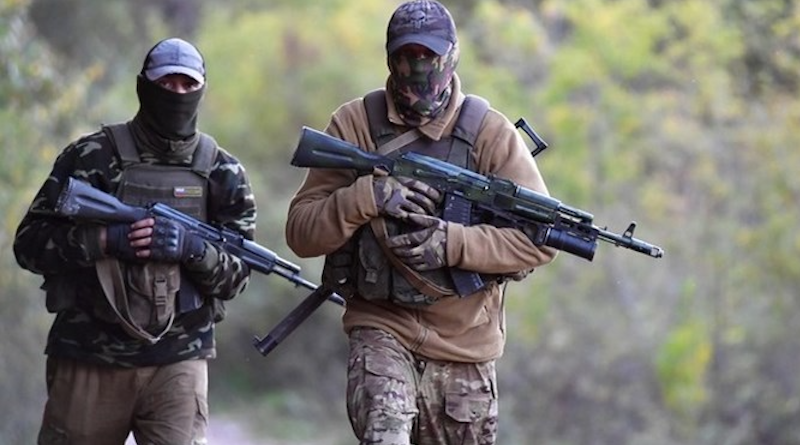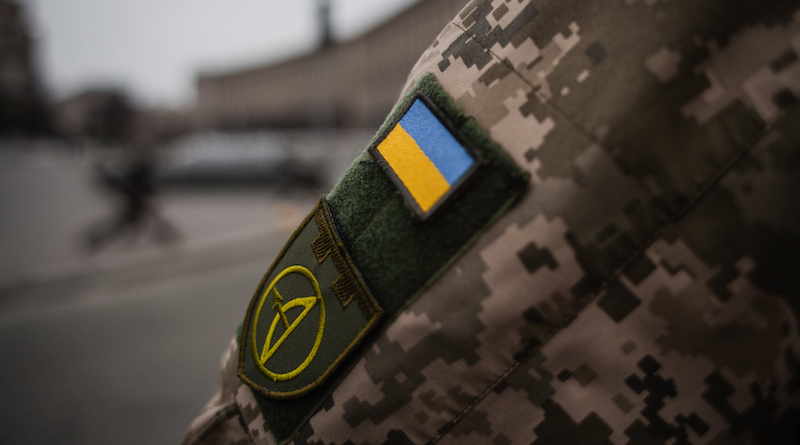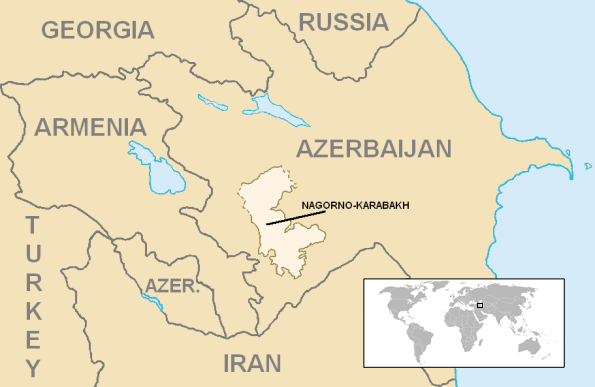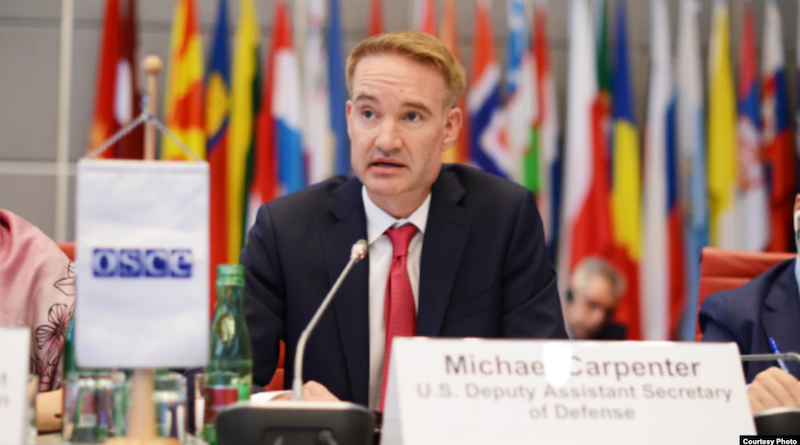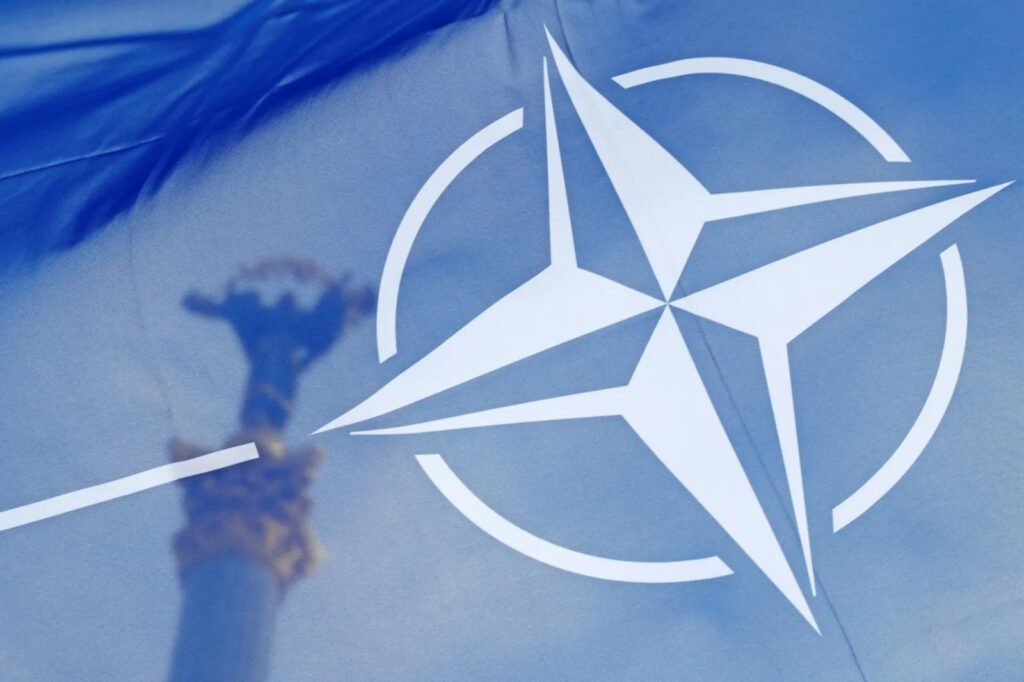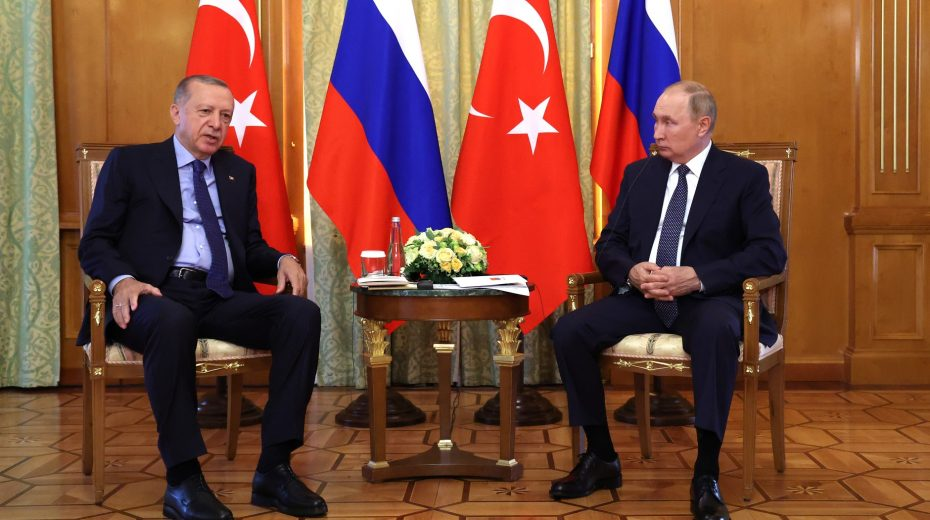Wagner Group Operations In Belarus: ‘Welcome to Hell’
Since its mutiny, the Russian private military company “Wagner Group” has redeployed to Belarus and is now training troops near the Polish border while President of Belarus Alexander Lukashenko makes belligerent statements. However, Telegram channels, including that of Wagner Group head Yevgeny Prigozhin, as well others reporting on Wagner Group and Belarus, report that Wagner Group personnel are also training Belarussian internal security forces.

